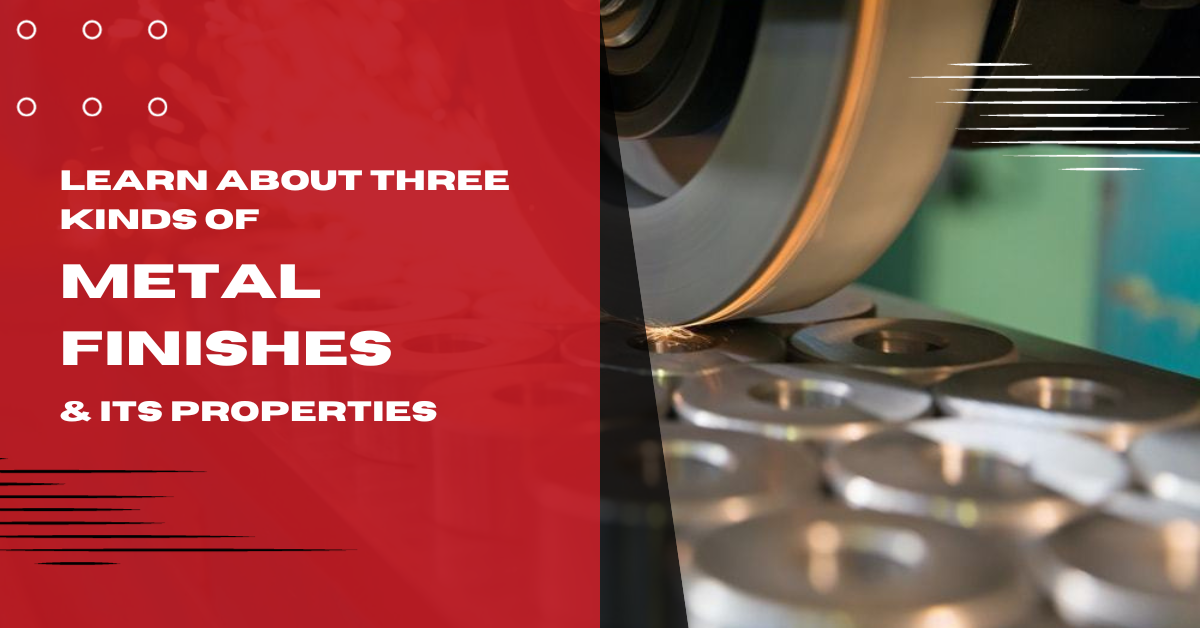In simple terms, metal finishing is the application of a specific layer or coating to a metal’s surface or an industrial process that prepares the metal’s outer surface for further processing. Various metal finishing methods blend chemical, mechanical, and electrical techniques to attain the desired outcome. This blog explores the three different types of metal finishes.
Metal Electroplating:
The advantage of applying metal electro-plating is to make the surface remain consistent. This procedure improves the metal’s resistance against corrosion, enhances its surface, and minimizes friction when it reacts with other metals. The common metals used for electroplating despite and its ferrous and non-ferrous properties are copper, gold, zinc, chromium, and tin.
Electroplating is one of the preferred metal finishes by JSW dealers, where the plating metal is immersed, dissolved, and applied to the metal’s surface that needs to be coated. It comprises four key elements: anode, cathode, electrolyte, and continuous electrical current. Anode denotes the metal responsible for coating, and the metal needed to be coated is placed on the cathode. This entire procedure occurs within a solution where the anode and cathode are immersed, serving as the conduit for the electricity flow.
Metal Polishing:
Similar to other metal finishing techniques, polishing aims to eliminate imperfections found on the surface of the metal. The choice of abrasives employed in the polishing process varies depending on the initial state and condition of the metal and is categorized as bonded, loose media, or coated. The initial polishing stage involves using rougher abrasives to smoothen the deformities. At the same time, finer or smoother abrasives are employed for polishing.
In addition to the metal’s condition, the metal type influences the choice of abrasives for polishing equipment. This choice is primarily determined by the metal’s tensile strength, enhancing its capacity to withstand maximum loads before breaking. Metals with low tensile strength, such as copper, aluminum, or brass, typically utilize abrasives of silicon oxide. Conversely, high-tensile strength metals like iron, steel SAIL TMT bar and carbon require white or gray aluminum oxides. These abrasive materials are further polished with cloth, rubber, cotton, and similar other materials.
Metal Blasting:
It is also known as abrasive or sandblasting. This procedure utilizes high-powered equipment to release abrasive materials. Like polishing, the aim is to refine rough surfaces and eliminate metal defects. In contrast to polishing, gentler abrasives are favored over coarser ones, resulting in a matte-like texture for the finished product, such as in MS chequered plate.
Various subcategories within the field of blasting, such as shot peening, enhance a range of metal properties, including its resistance to cracking and stress corrosion. Various applications and methods are available for enhancing the qualities of metals and alloys, such as aesthetics and functionality. Selecting the suitable metal finishing process should be done with consideration of the metal. When this principle is applied with the appropriate materials, manufacturers can incorporate metal finishing into their fabrication procedures to gain maximum advantage. Approach Bharat Steel for high quality and right metal finishes of steel products.

